The Roman Empire is one of the most influential civilizations in the ancient world. Their inventions have certainly shaped history, most of which are now significant standard technologies. Because of their ingenuity, they established themselves as a dominant civilization and left a legacy that changed the course of human development.
Ancient Rome made it possible to expand its economy and military because of Roman technology, or a collection of skills, processes, methods, and engineering processes that supported its development. It is a technologically advanced civilization with major contributions to construction, civil engineering, and transport. Despite limited sources, the Romans managed to create remarkable structures that have survived to this day. Their durable roads, buildings, and dams manifest their distinct building techniques. In addition, they developed military and even medical technologies. Here are some of the most notable innovations of the Roman Empire.
Newspapers
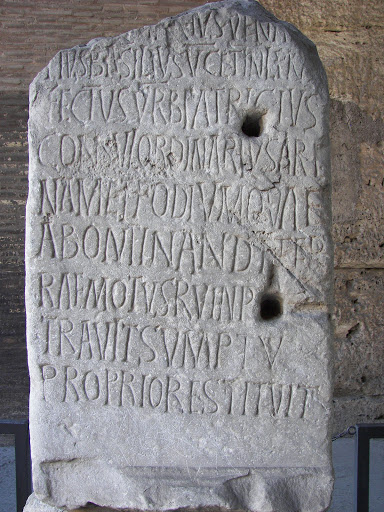
The Romans were the first to use newspapers called Acta Diurna or “daily acts.” These were written on stone or metal and then displayed in populated areas such as the Roman Forum. Historians believe that the Romans may have first used Acta around 131 BC. These texts included details of civil, military, and legal issues. It also spoke of military victories, birth or death notices, lists of games, gladiatorial fights, and even interesting stories.
The Roman Senate had Acta Senatus that detailed its proceedings, but it was initially withheld from the public. Julius Cesar ordered the publication of Acta Senatus in 59 BC as part of the various reforms he initiated during his rule. Autocrats wanted the people to know about official developments and announcements, so they established a system of writing news.
Concrete

The world-renowned Roman structures such as the Colosseum, the Pantheon, and the Roman Forum still stand today. The modern world owes concrete to the Romans, who developed cement and concrete some 2100 years ago. They built aqueducts, bridges, and monuments using concrete.
Their concrete was weaker than modern concrete, but it has slaked lime and pozzolana or volcanic ash to make a sticky paste. It also consists of tuff or volcanic rocks that endured chemical decay effectively. On the other hand, Pozzolana helped set the concrete faster even when under seawater, allowing the construction of piers, baths, and harbors. This unique recipe is what made it very durable, as seen on their buildings that are still standing. The Romans even further developed their concrete to contribute to complicated structures such as the dome in the Pantheon, known as the biggest and oldest reinforced concrete dome in the world.
Aqueduct
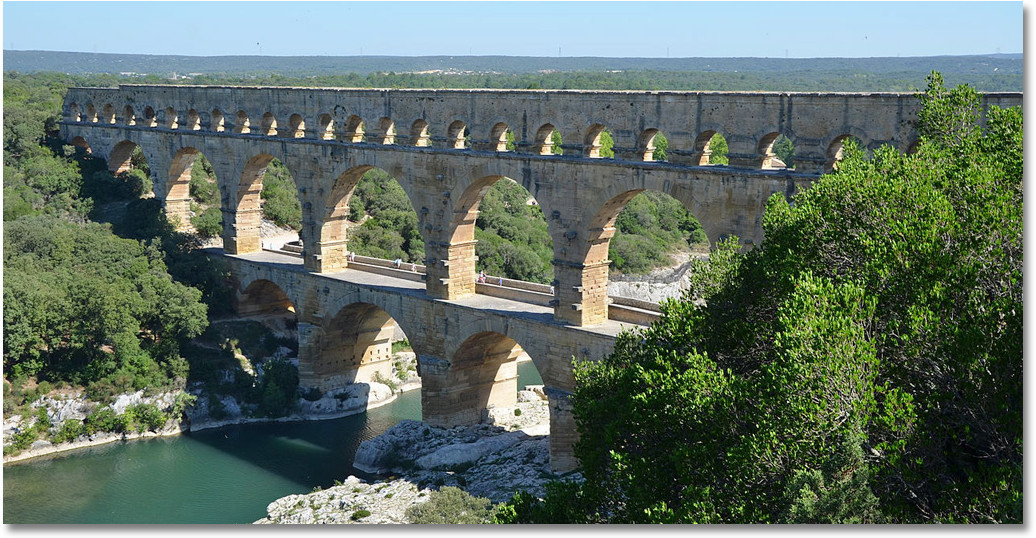
The Romans first developed aqueducts around 312 BC. Though they were not the ones who invented the aqueduct as primitive canals for water transport and irrigation already existed in Babylon, Assyria, and Egypt. However, the Romans used their expertise in civil engineering to develop and perfect the construction. The technological standard used to build these construction marvels could not be equaled until these modern times.
Using gravity to transport water along lead, concrete, and stone pipelines into cities, aqueducts enabled the Romans to rely on distant water supplies, aiding sanitation and public health. They made hundreds of aqueducts throughout the city, some reaching as far as 60 miles. The main ones were Aqua Marcia and Aqua Claudia. Some of the others still exist today, which proves how well they were built.
Welfare
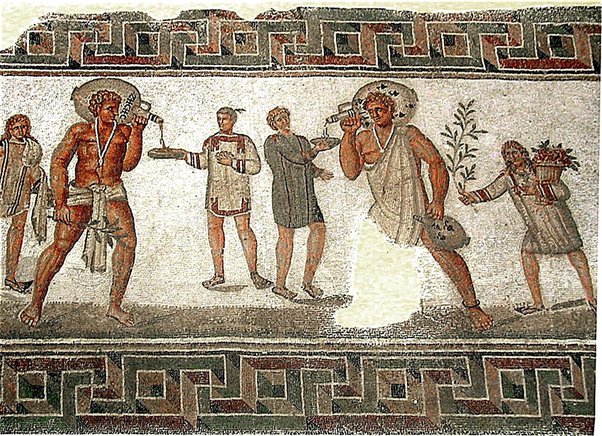
The Romans developed a welfare program called alimenta, which existed from around 98 AD to 272 AD. This system helped poor children and orphans in Italy and provided food, subsidized education, and funds. It gathered funds from philanthropy, Dacian Wars booty, and estate taxes. In addition, registered landowners pay yearly to help support the alimentary fund.
Ancient Rome was the fountain of modern government programs, as seen in how it started subsidizing food and education for the poor. Reformist politician Gaius Gracchus created lex frumentaria, a law that directed the government to provide citizens with a supply of cheap grains. Other products such as oil, bread, pork, and wine were included. In addition, the government used tokens called tesserae that acted as a sort of currency. They distributed certain amounts of tesserae to the poor in exchange for food items. The citizens favored such endeavor, but historians would debate on the program as contributory to the empire’s economic decline.
Bound books
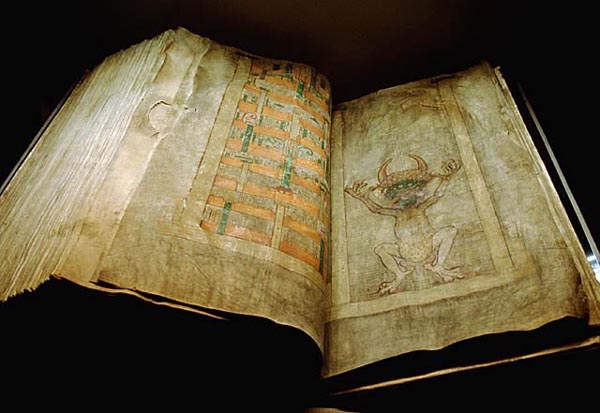
The first known books were in the form of scrolls and clay tablets, but the Romans streamlined it by inventing the codex, the first stack of bound pages. The first codex was wax-bound tablets until animal skin parchment was developed—the latter resembled book pages. Julius Caesar created a codex version using stacked papyrus until the first century. Early Christians were among the first to use this style to produce copies of the Bible.
The replacement of the scroll with the codex is a significant advancement in the history of bookmaking. The codex changed the shape of the book itself, made it easier to read, and allowed it to last for years. The Christians were believed to help spread the codex. By the sixth century, it had completely replaced the scroll.
Roads
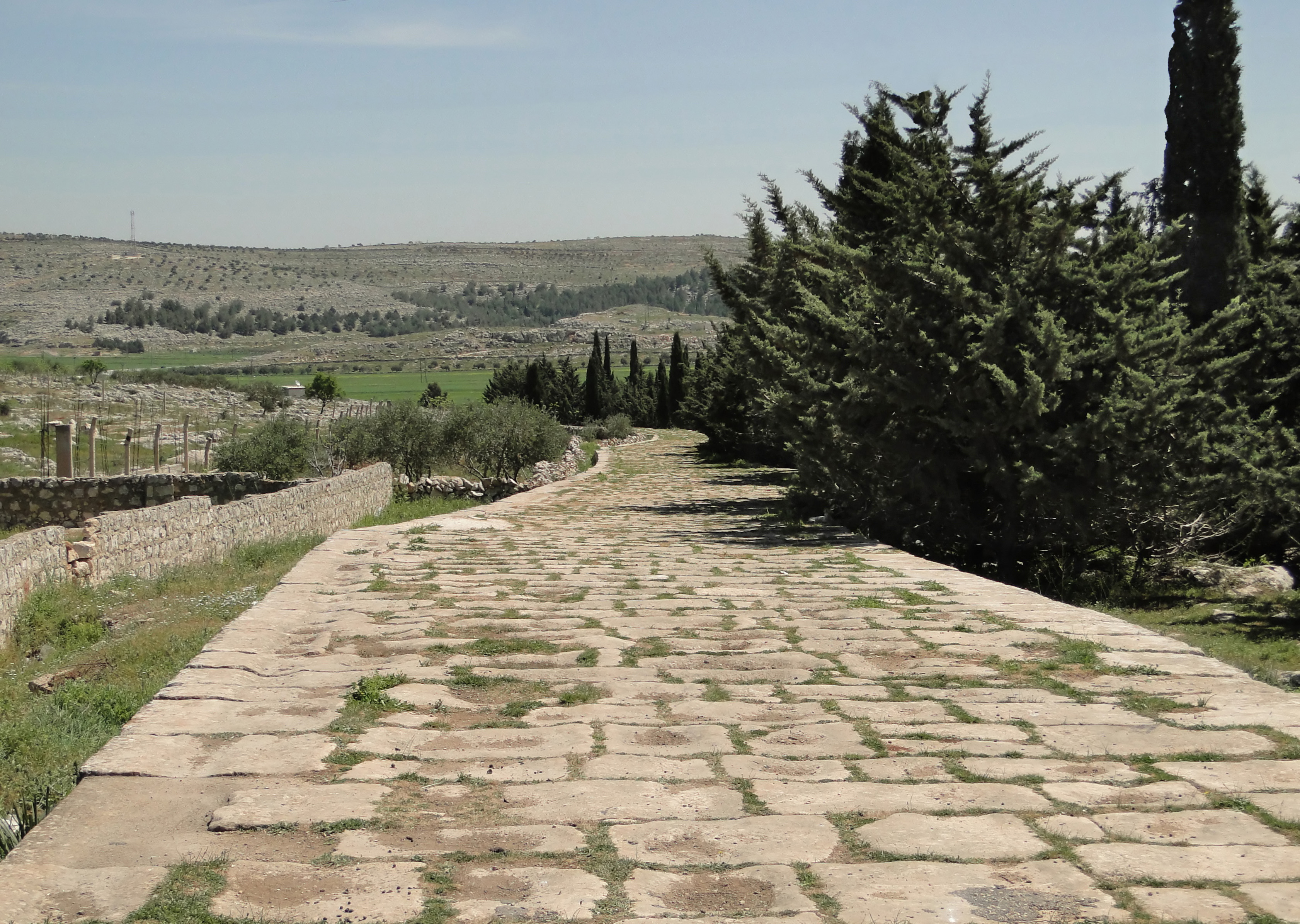
During its peak, the Roman Empire covered about 1.7 million square miles of land in Southern Europe. Their engineering ingenuity enabled them to build the most elaborate road systems in the ancient world, allowing them to maintain their domain for many years. Many of their roads are still used today and were constructed using gravel, dirt, and bricks. The Romans used bricks made from hardened volcanic lava and granite.
Roman builders followed stringent standards when planning highways, building straight roads with curves for draining water. By 200 AD, they constructed more than 50,000 miles of road, mainly for military purposes. Their highways allowed the legions to go as far as 25 miles daily. Evidence also showed they were able to relay messages at extraordinary speed. They have signs and stone mile markers to inform travelers of the distance. Special soldiers even acted as highway patrol.
Arches
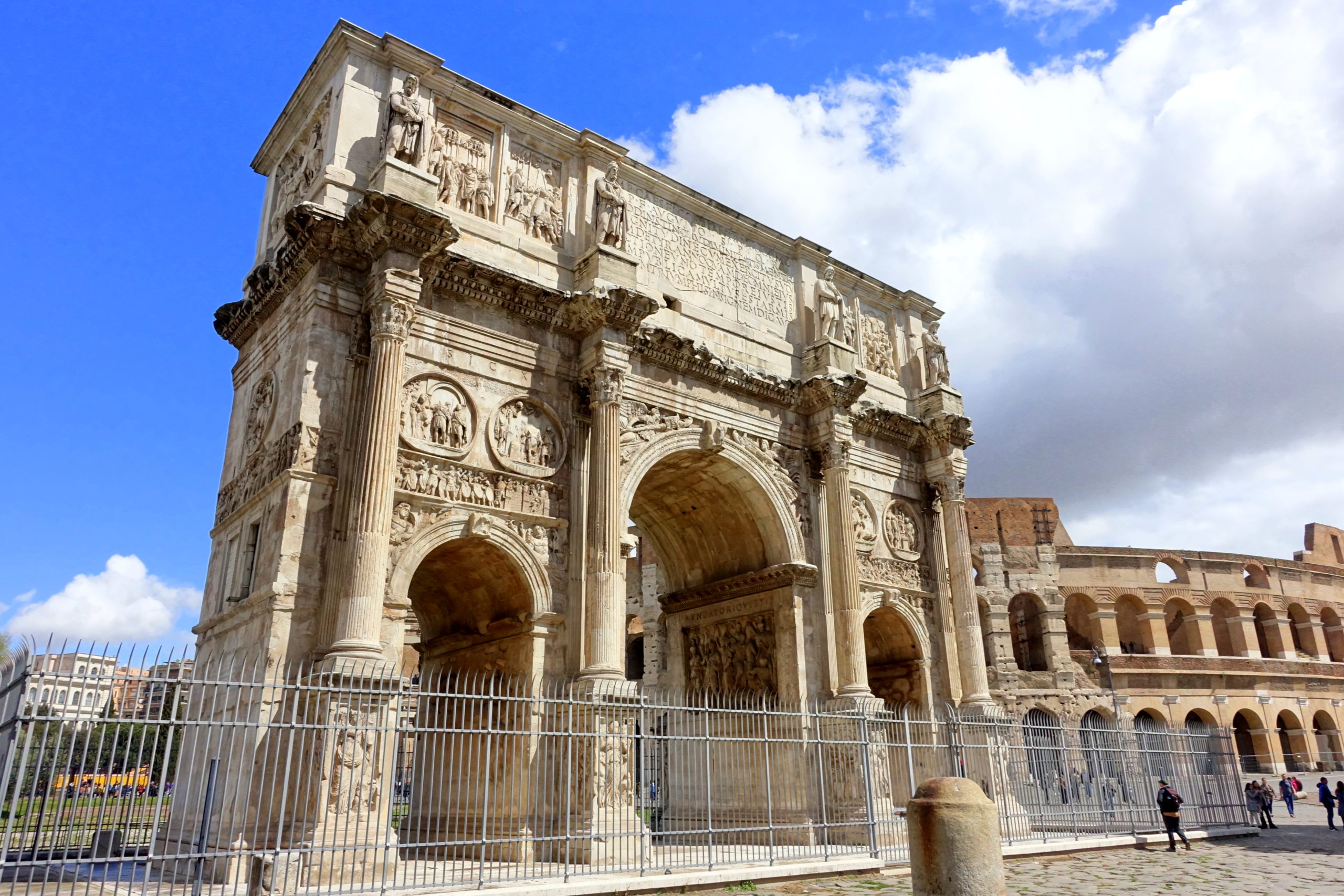
Arches existed even before the peak of the Roman Empire, but the ancient Romans were the ones who applied an effective way of using the arches’ design to construct durable structures such as bridges, buildings, and monuments. The arches were built in a way that the weight of the structures would be evenly distributed along multiple supports to prevent collapsing under their weight.
Roman builders improved the design by flattening the shape, creating a “segmental arch,” and repeating these arches at different intervals to form strong support and extend to large gaps such as in aqueducts and bridges. The arch has become one of the prominent features of Roman architecture. Romans also built triumphal arches as standalone versions or monuments in the shape of an archway. They use these freestanding arches to commemorate the victory of generals or significant events.
Numeral system
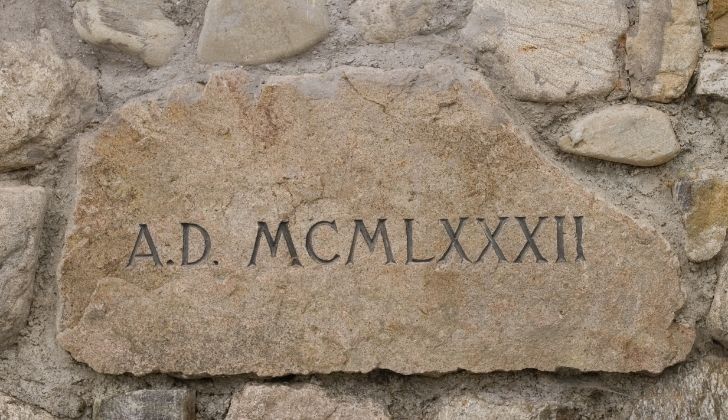
The Roman numerals prevailed even longer than the empire. It was used in Europe until the 14th century, before the Arabic system took over. It does not have 0, but it enabled architects and intellectuals to build remarkable structures and run a complex society that required considerable mathematical skills.
The system uses the Latin alphabet with a corresponding numeric value. The numbers are often seen on clock faces or to indicate the year of structures and copyright dates on title screens of television or movie programs. Among the notable uses of Roman numbers, today are the through regnal numbers or ordinals to distinguish people of the same names. They are used for titles of popes and monarchs of the United Kingdom.
Legal system

The Romans were the first to introduce legal terms such as pro bono, affidavit, subpoena, and habeas corpus. They used a code called Twelve Tables in the Republican period to form an integral part of the constitution. The Twelve Tables was first used around 450 BC detailing laws about religion, property, divorce, and punishments for almost everything.
Byzantine Emperor Justinian ordered the issuance of the Corpus Juris or “Body of Civil Law.” It was used from 529 to 534 to synthesize the empire’s history of law into one book. It included the belief that the modern law still follows, saying that an accused is innocent until proven guilty. Even after the Roman Empire’s decline, most countries’ legal systems were based on this ambitious work.
Surgical tools and procedures

The Romans pioneered cesarean section and invented surgical tools, but their most noteworthy contribution to medicine was on the battlefield. Emperor Augustus established the first military medical units where each legion had doctors, support staff, and hospitals that could assist up to 500 injured soldiers.
Medical teams also followed strict discipline like the legions and were highly organized. The officials also ensured that the military doctors shared their knowledge by writing manuals and medical knowledge from the conquered nations. In addition, they paid the doctors more than the soldiers and were not forced to do military duties as part of specialized forces referred to as the immunes. However, the military doctors need to serve as regular soldiers before becoming immunes, but they benefit from earning land and pensions.